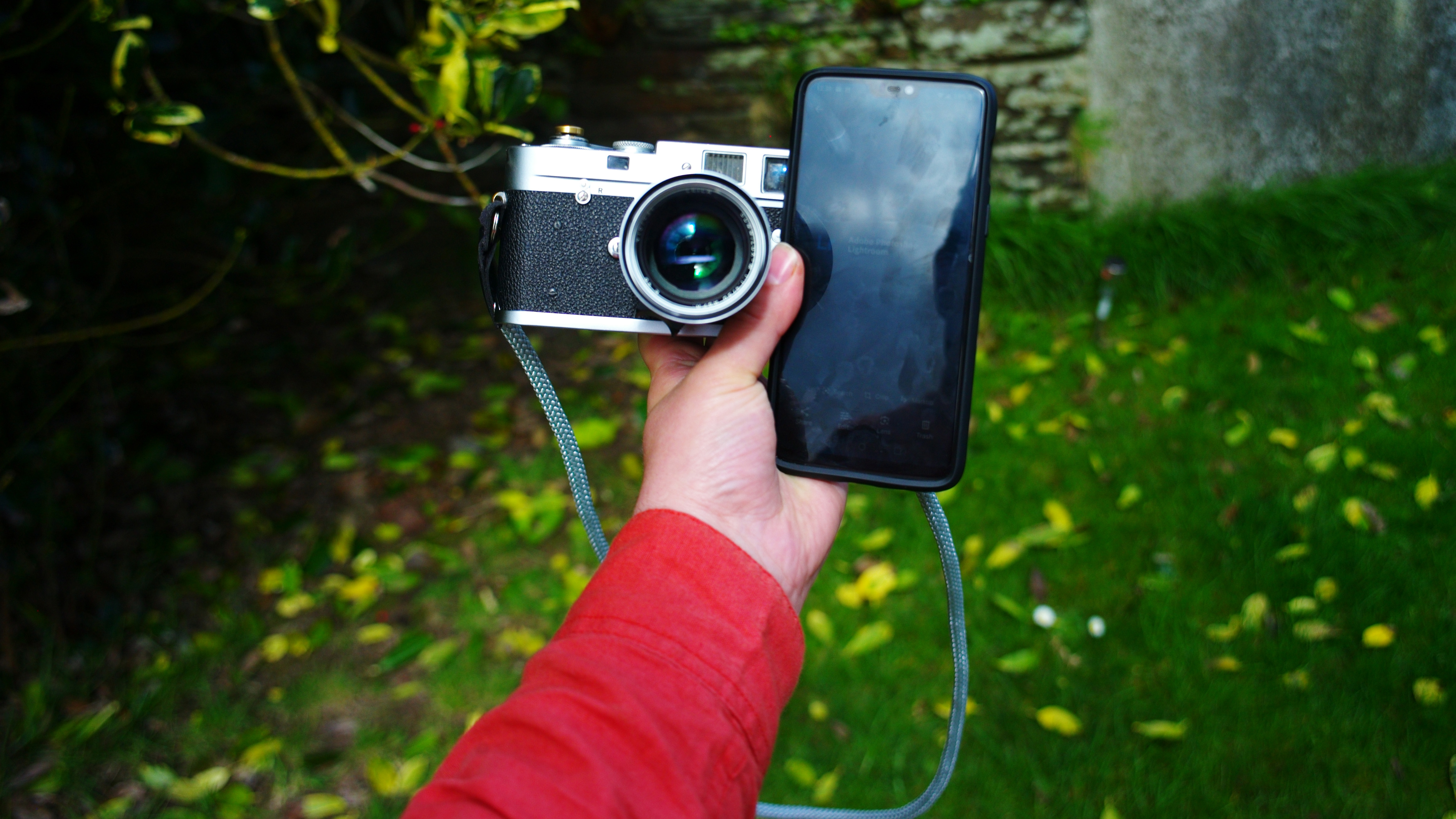iPhone 11 Night Mode: Get the lowdown on low-light shooting
How effective is the iPhone 11 Night Mode and can you confidently use the iPhone 11 Pro for low-light shooting?
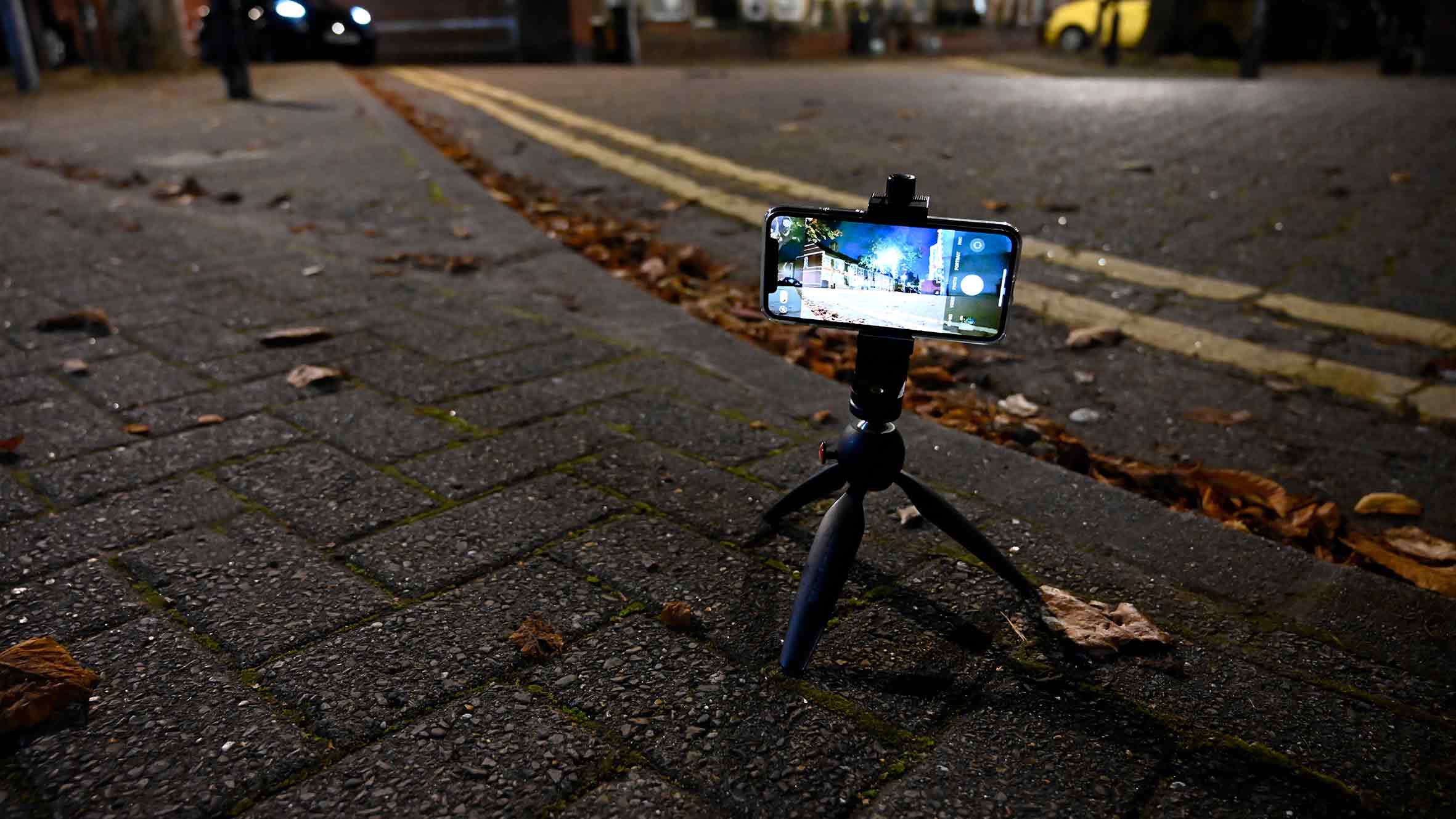
The Apple iPhone 11 Pro has been applauded for the quality of the onboard camera - but just how good is it shooting in lowlight? In the past, Apple has been a little slow off the mark in equipping its models with some kind of night or low-light mode. But this has now changed, thanks to the iPhone 11 Night Mode.
We’ve seen other manufacturers implementing very impressive night or low-light modes over the past couple of years. Particular mention has to be made to Huawei’s Night mode, which is found not only in its flagship models like the Huawei P30 Pro, but also in its mid-range offerings from its sister-brand, Honor.
• Essential mobile photography tips
Also very impressive is Google’s Night Sight mode, which we’ve tested to great effect in the Pixel 3, and I’m sure will also be fantastic in the newer Pixel 4.
So it’s always been a little bit disappointing that Apple hasn’t also included something similar on its iPhones - until now. It’s not uncommon for Apple to hold back on certain functions until it knows that it can do it well, so it’s not too much of a surprise that it’s taken them this long to bring one to the iPhone 11 series.
Having been using the new iPhone 11, iPhone 11 Pro, and iPhone 11 Pro Max for the past few weeks, we’ve been able to make some conclusions about the quality of the Night Mode, especially as we’ve been used to using similar Android features over the past couple of years.
Apple’s mode works in a very similar way to others on the market. Essentially what it does is take a series of short exposures, then merges them together to give the appearance of a longer exposure. By working this way, you shouldn’t need to use a tripod or anything else to steady the phone for the majority of shots, as each individual exposure is short.
Get the Digital Camera World Newsletter
The best camera deals, reviews, product advice, and unmissable photography news, direct to your inbox!
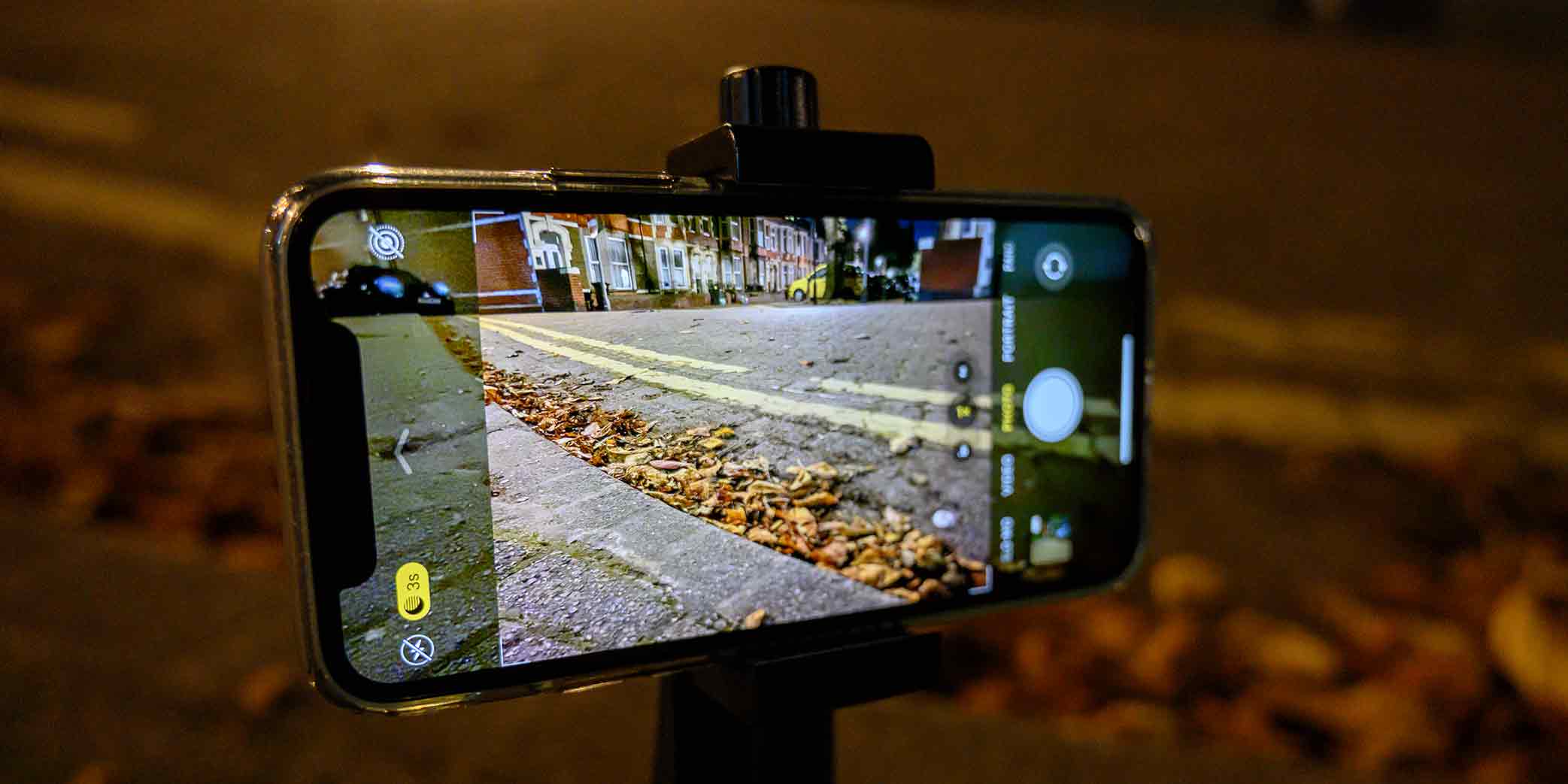
Using the iPhone 11 Night mode
The first thing to say about the iPhone 11 Pro (and iPhone 11) night mode is that while it’s often described as a mode, it’s not something which is actually selectable by the user...
Instead, the mode will activate automatically when the phone believes itself to be in a low light situation. This of course will most of the time be at night, but it could also apply to shooting indoors in darker situations at any time of the day.
We're a little disappointed not to be able to select it for ourselves, or have it as a standalone mode, but considering that Apple is all about taking control and doing it for you, we're not entirely surprised that it’s done it this way. The good news, however, is that once it has been activated, you can make some adjustments yourself if it’s not behaving in exactly the way you’d like it.
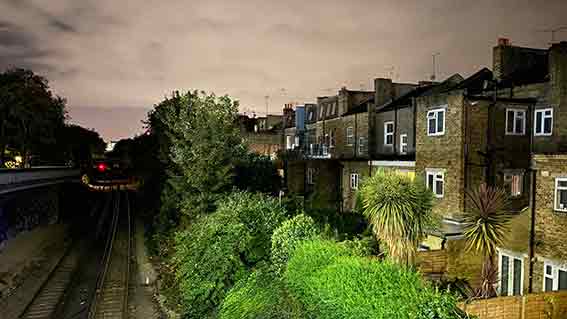
When to use the iPhone 11 Night mode

You’ll know that the mode is activated as you’ll see a small moon icon appearing at the top of the screen (or to the left if you’re holding the phone in landscape orientation). If you tap that icon, you’ll see a slider appear at the bottom of the screen (or right if shooting in landscape). With this you can choose to reduce or increase the number of seconds that it shoots for, or turn the mode off altogether.
The phone will choose the number of seconds it believes is the most appropriate length of time to shoot from. I’ve seen it vary normally between three and five seconds. However, if there’s something moving within the scene (such as a person, or an animal), it’s better to reduce the number of seconds, or switch it off altogether as you’ll end up with a blurred shot.
Alternatively, if you’re shooting something completely still, such as a landscape or architecture shot, you might want to increase the number of seconds to boost detail. Since staying in the exact same position for each frame for more than 10 seconds is tricky, you’ll need a tripod or some other way to stabilise the phone – indeed, the phone won’t let you select very long exposures unless it detects that it is completely still.
If you have the iPhone 11, you’ll notice that Night mode only triggers when using the standard (1x / 26mm) lens, while if you have the iPhone 11 Pro, you can use it with the standard and the telephoto lens. It’s disappointing not to see it available for the ultra-wide-angle lens on either model, but perhaps that’s something Apple might introduce down the line with a software upgrade.
How good are the iPhone 11 Pro’s night mode photos?
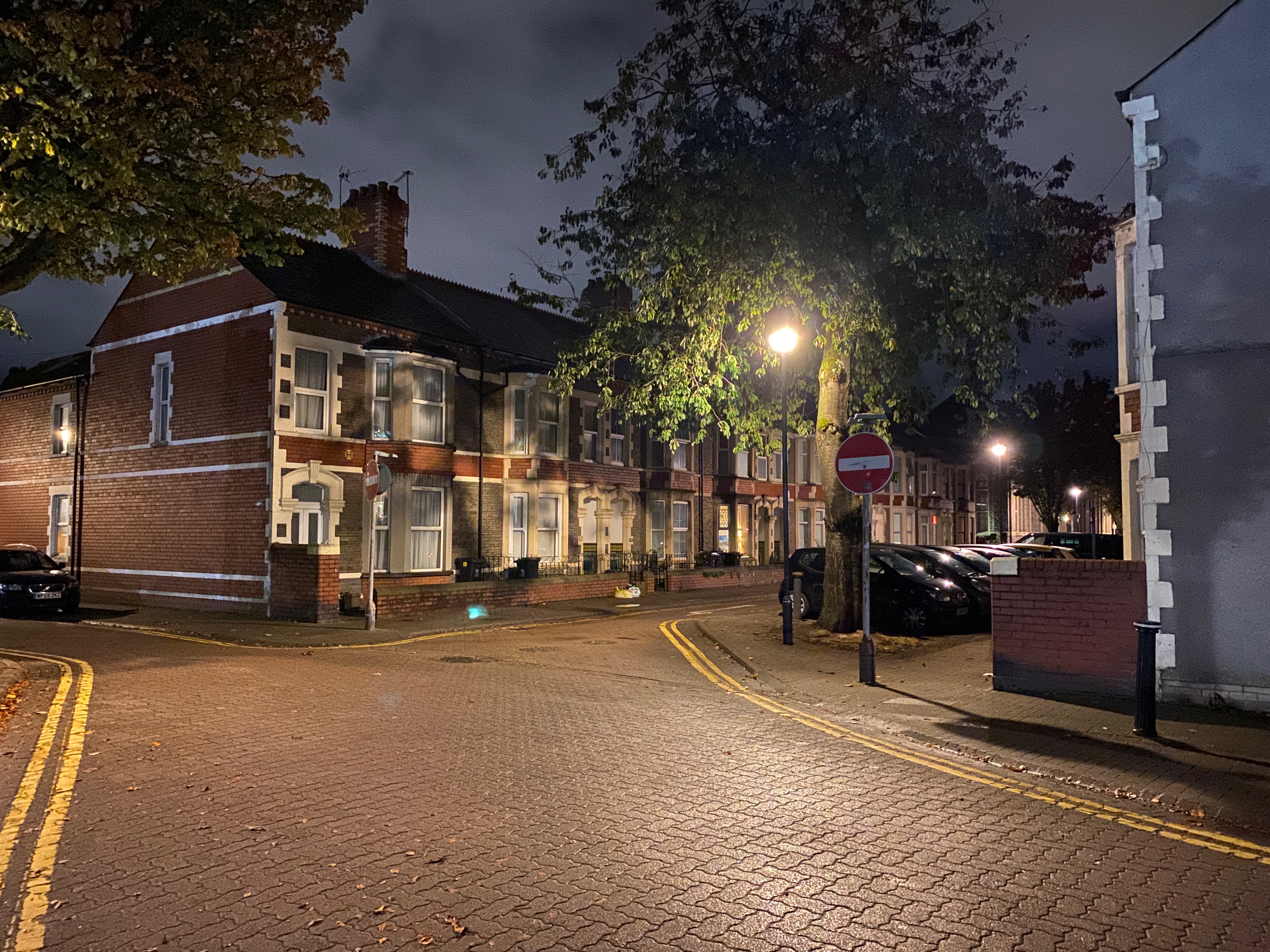
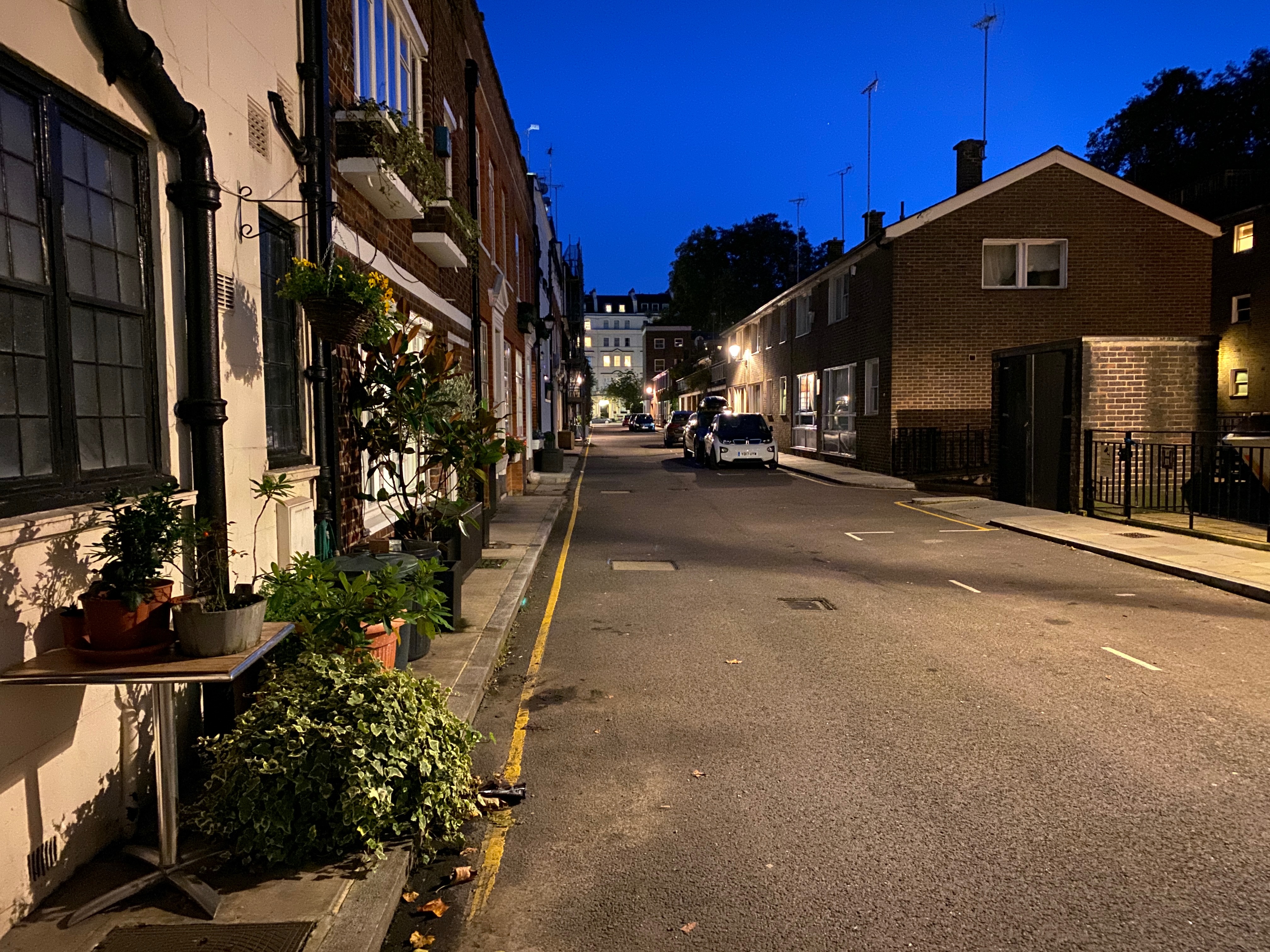
So of course, the main thing here is the quality of results
As is very often the case, the results look best when you’re viewing them on the phone screen, rather than scrutinising them in great detail at 100% on a computer screen. If you do the latter you will see some loss of detail and image smoothing in parts of the scene when Night Mode has been activated, but, realistically, how often is anybody doing that.
More importantly, the pictures look fantastic on your phone screen, on social media and even printed out at relatively small sizes (A5 is probably the largest I’d want to go for best results).
The other thing to note is that even without Night mode activated (or if you switch its off), the phone can still capture some pretty impressive low-light images, so sometimes it’s not even necessary.
Comparing the shots with similar ones taken on other phones, such as the Pixel 3 or the Huawei P30 Pro reveals that, overall, it’s probably the P30 Pro which just about edges it, with slightly better detail - but again, this is when really scrutinising the images, at normal (phone) screen sizes, there’s not a whole lot in it.
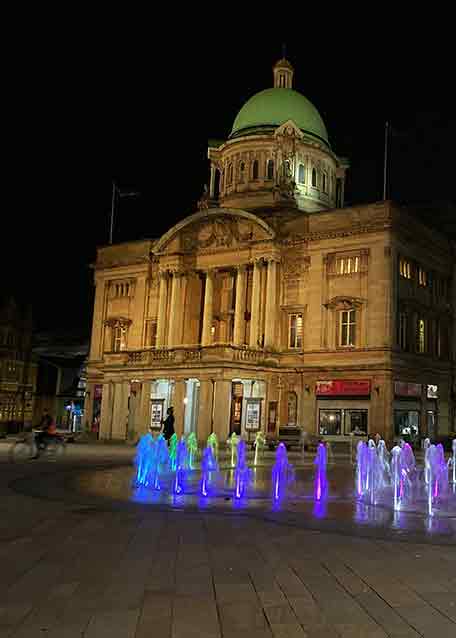
So of course, the main thing here is the quality of results.
As is very often the case, the results look best when you’re viewing them on the phone screen, rather than scrutinizing them in great detail at 100% on a computer screen. If you do the latter you will see some loss of detail and image smoothing in parts of the scene when Night Mode has been activated, but, realistically, how often is anybody doing that.
More importantly, the pictures look fantastic on your phone screen, on social media and even printed out at relatively small sizes (A5 is probably the largest I’d want to go for best results).
The other thing to note is that even without Night mode activated (or if you switch its off), the phone can still capture some pretty impressive low-light images, so sometimes it’s not even necessary.
Comparing the shots with similar ones taken on other phones, such as the Pixel 3a or the Huawei P30 Pro reveals that, overall, it’s probably the P30 Pro which just about edges it, with slightly better detail - but again, this is when really scrutinising the images, at normal (phone) screen sizes, there’s not a whole lot in it.
Read more:
• iPhone 11 Pro ultra-wide camera review
• These are the best camera phones you can buy right now
• Which is the best iPhone for photography?
Amy Davies has been writing about photography since 2009, and used to be a colleague on Digital Camera magazine and Techradar.com. She now works as a freelance journalist writing for nclude Amateur Photographer, Stuff, Wired, T3, Digital Photographer, Digital Camera World, TechRadar, Trusted Reviews, ePhotozine and Photography Blog. She has an undergraduate degree in journalism and a postgraduate diploma in magazine journalism, both from Cardiff Journalism School.

